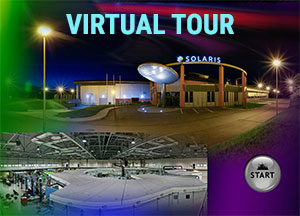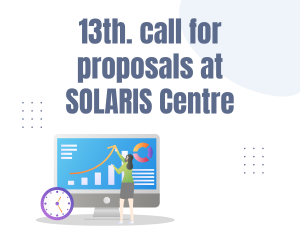 Web Content Display
Web Content Display
SOLARIS centre
 Web Content Display
Web Content Display
New techniques and new users - summary of the seventh open call for beamtime
On April 1, the seventh call for proposals for beamtime at the Solaris synchrotron was completed. As many as 84 research teams from Poland and abroad, representing 31 scientific institutions, joined the competition. 48 proposals concerned the beamlines XAS, UARPES, PHELIX, DEMETER and 36 the electron cryo microscope.
In the seventh call for beamtime the DEMETER beamline with two end stations - PEEM and STXM microscope was made available for the first time. The new STXM microscope met with particular interest of scientific groups conducting research in the field of earth science and environment, as well as environmental engineering and technology. Nevertheless, as in the previous edition, the greatest number of proposals concerned experiments in the field of physics and biology.
We are proud that scientists from an increasing number of research centers are interested in the possibility of conducting research at the SOLARIS Center. At the same time, when analyzing the affiliations of our users, we can happily say that a scientific community that is faithful to our research infrastructure is being created around SOLARIS. This is very important to us, because thanks to their experience and suggestions, we can improve our scientific offer, says Alicja Górkiewicz, manager of the SOLARIS User Office.
To our satisfaction, this year, for the first time, scientists representing such institutions as the Institute of Immunology and Experimental Therapy of the Polish Academy of Sciences in Wrocław, the Military University of Technology in Warsaw, as well as the Indian Institute of Technology from Varanasi, India and Universidad Complutense de Madrid from Spain, were participated in the competition.
The continuous development of the Solaris synchrotron has a direct impact on the increase in the number of research centers interested in starting cooperation and experiments on the available beamlines. Scientific institutions from Italy, France, Russia, and Ukraine, as well as from Greece, China, and India have joined the group of the interested parties.


